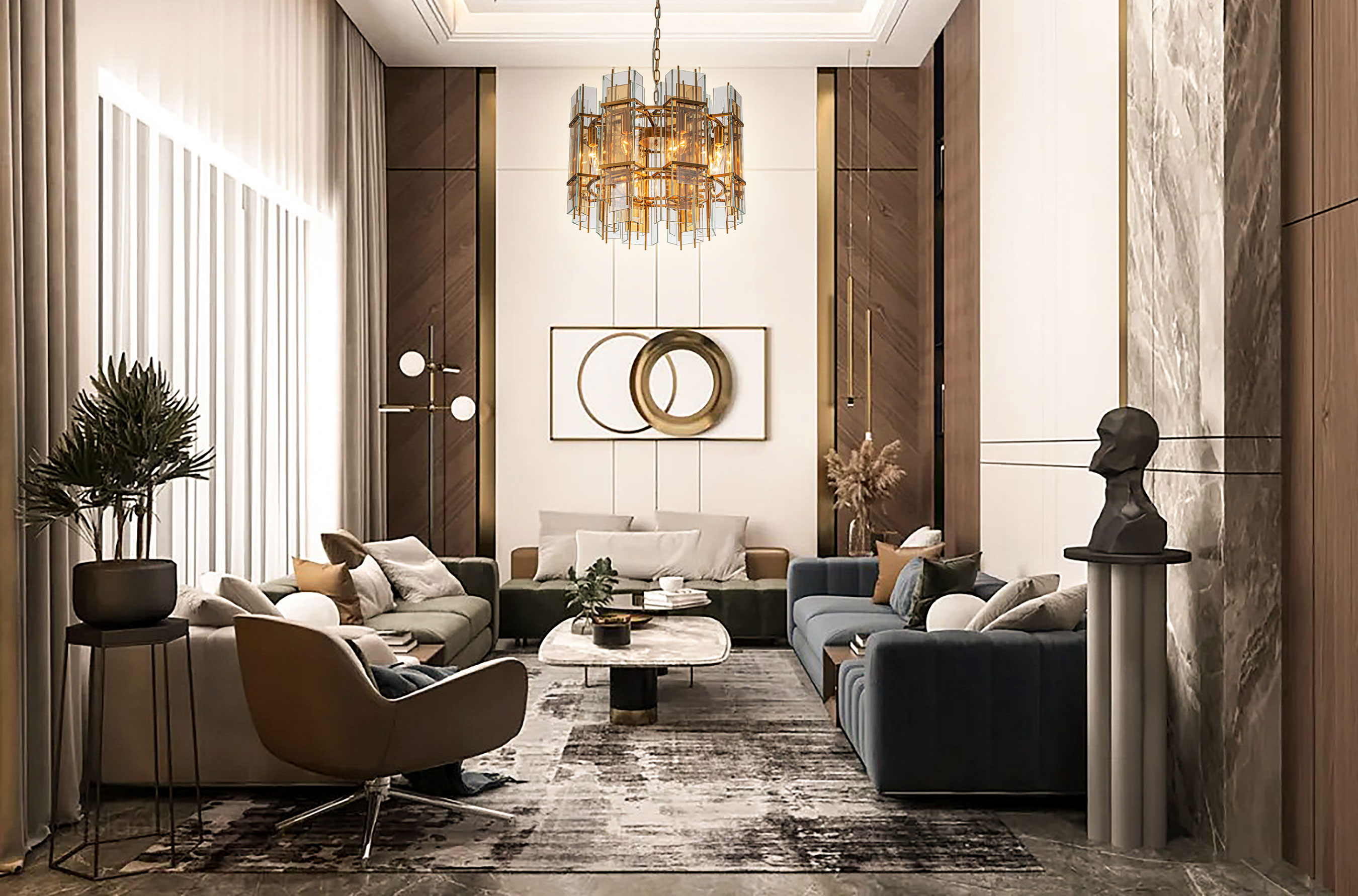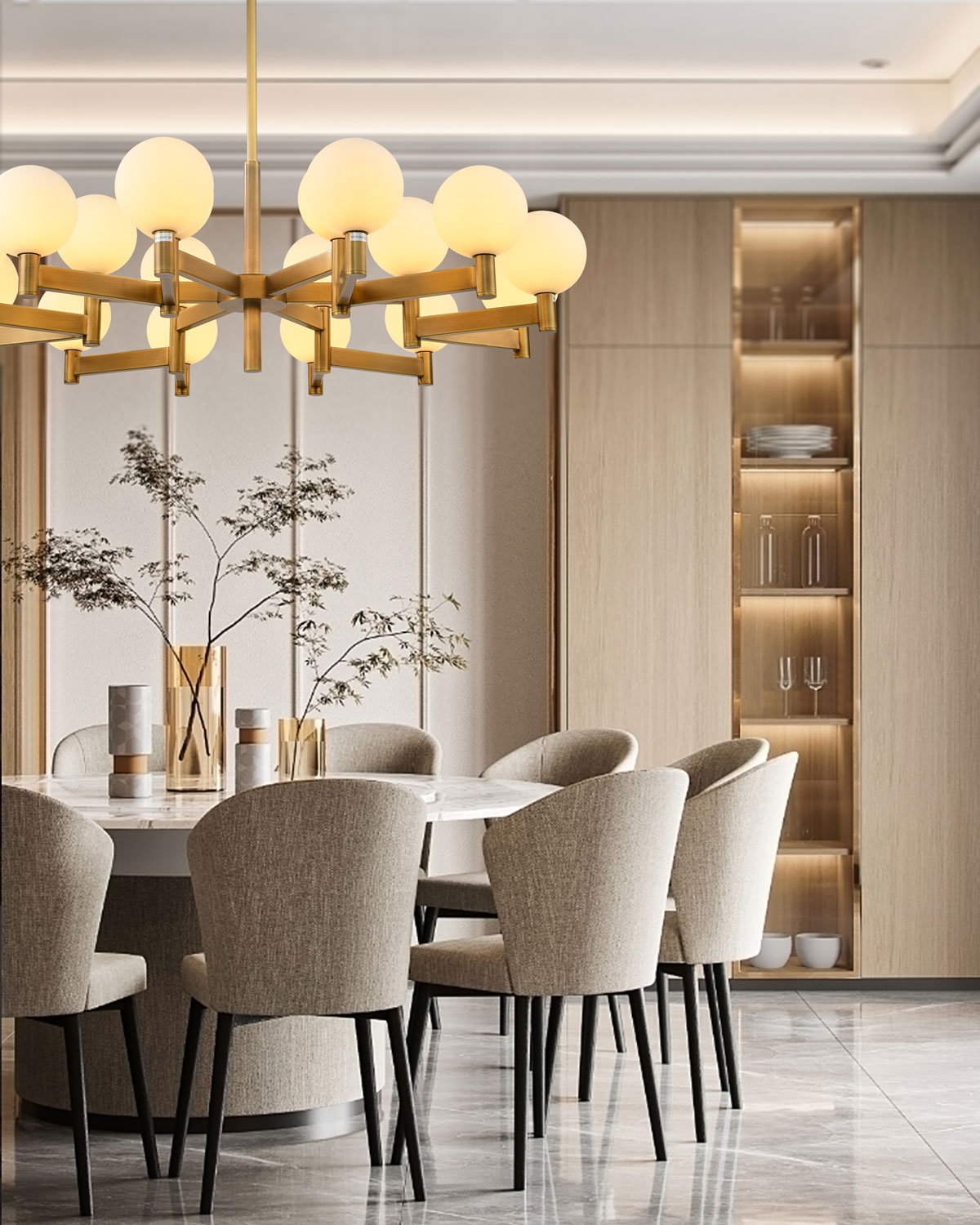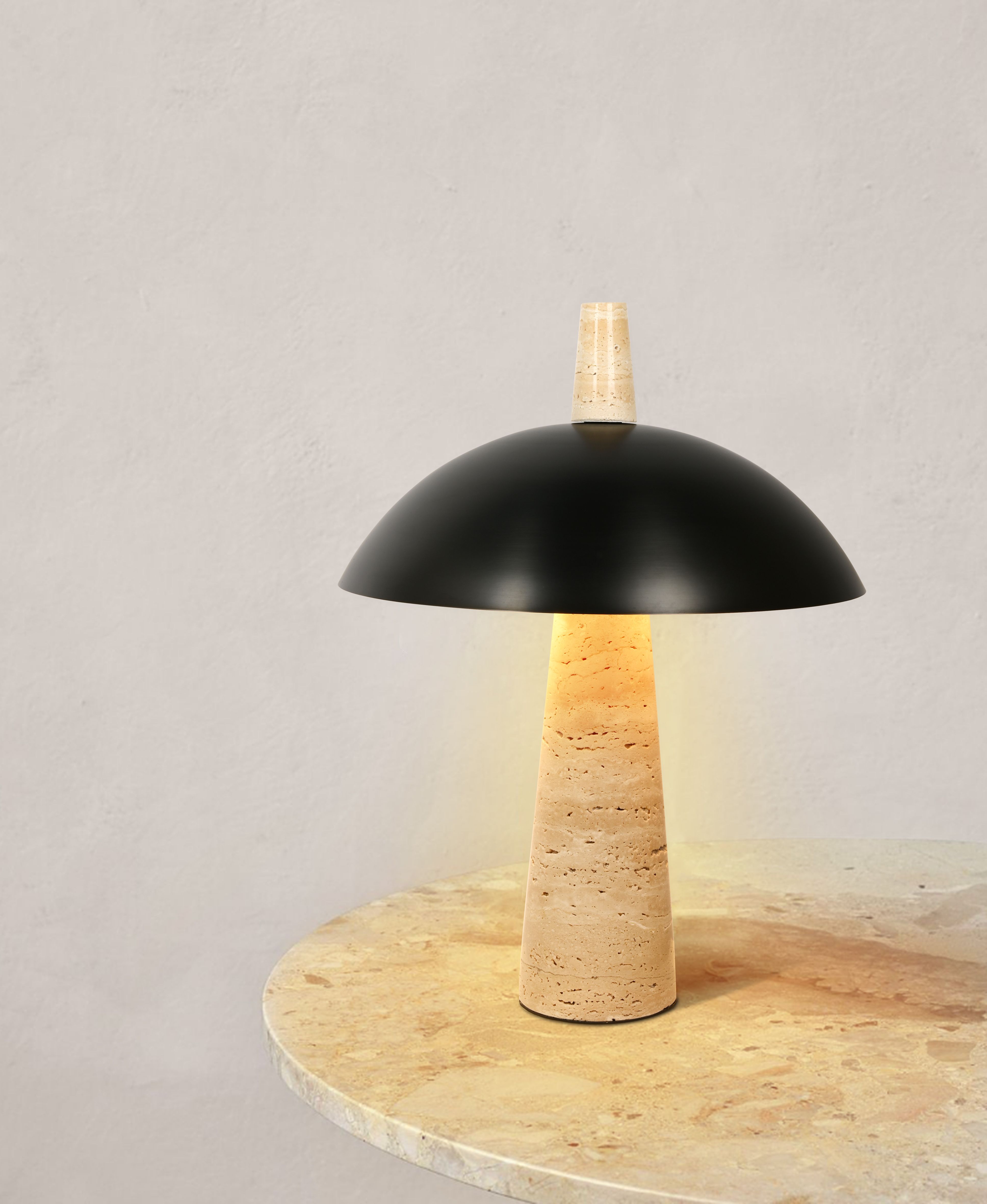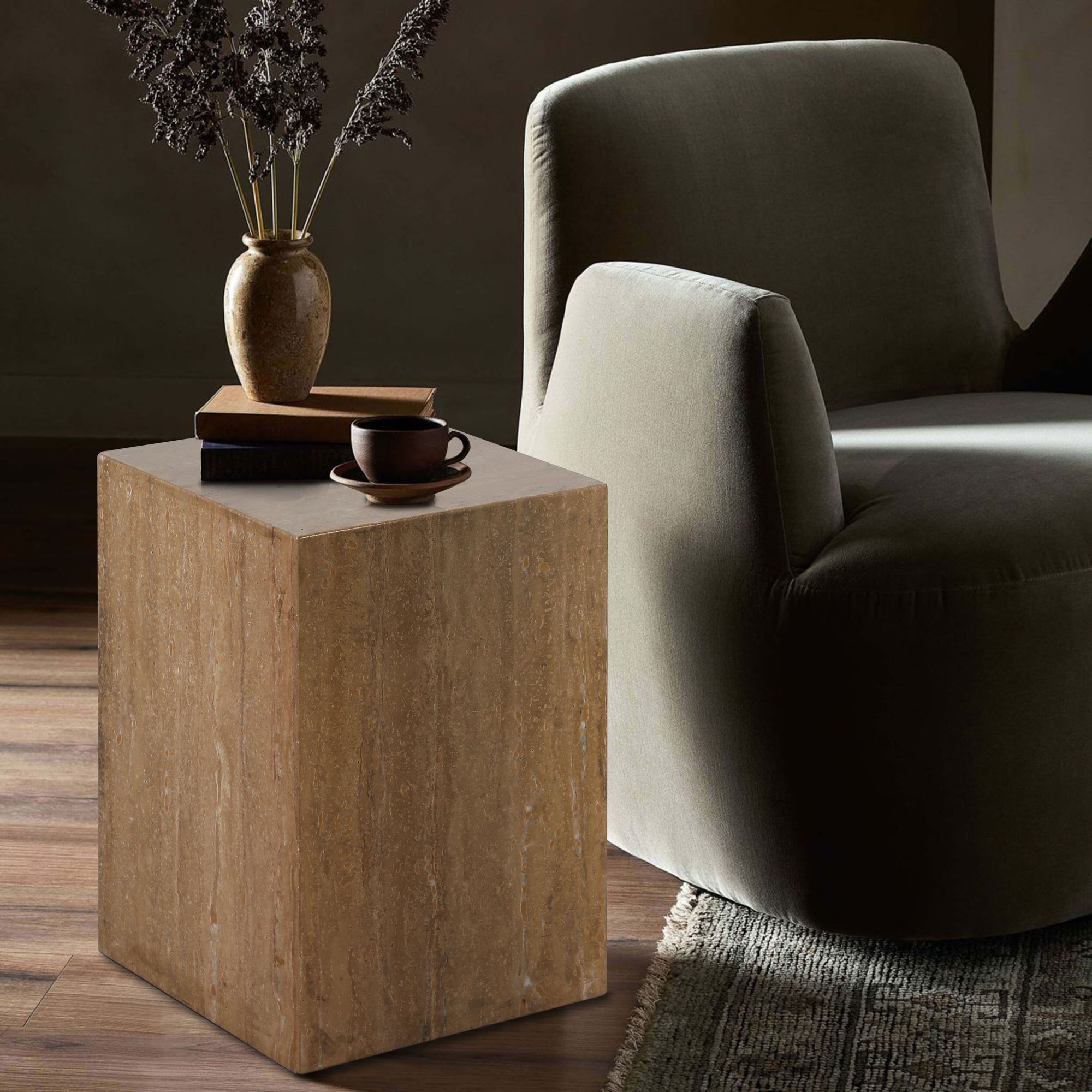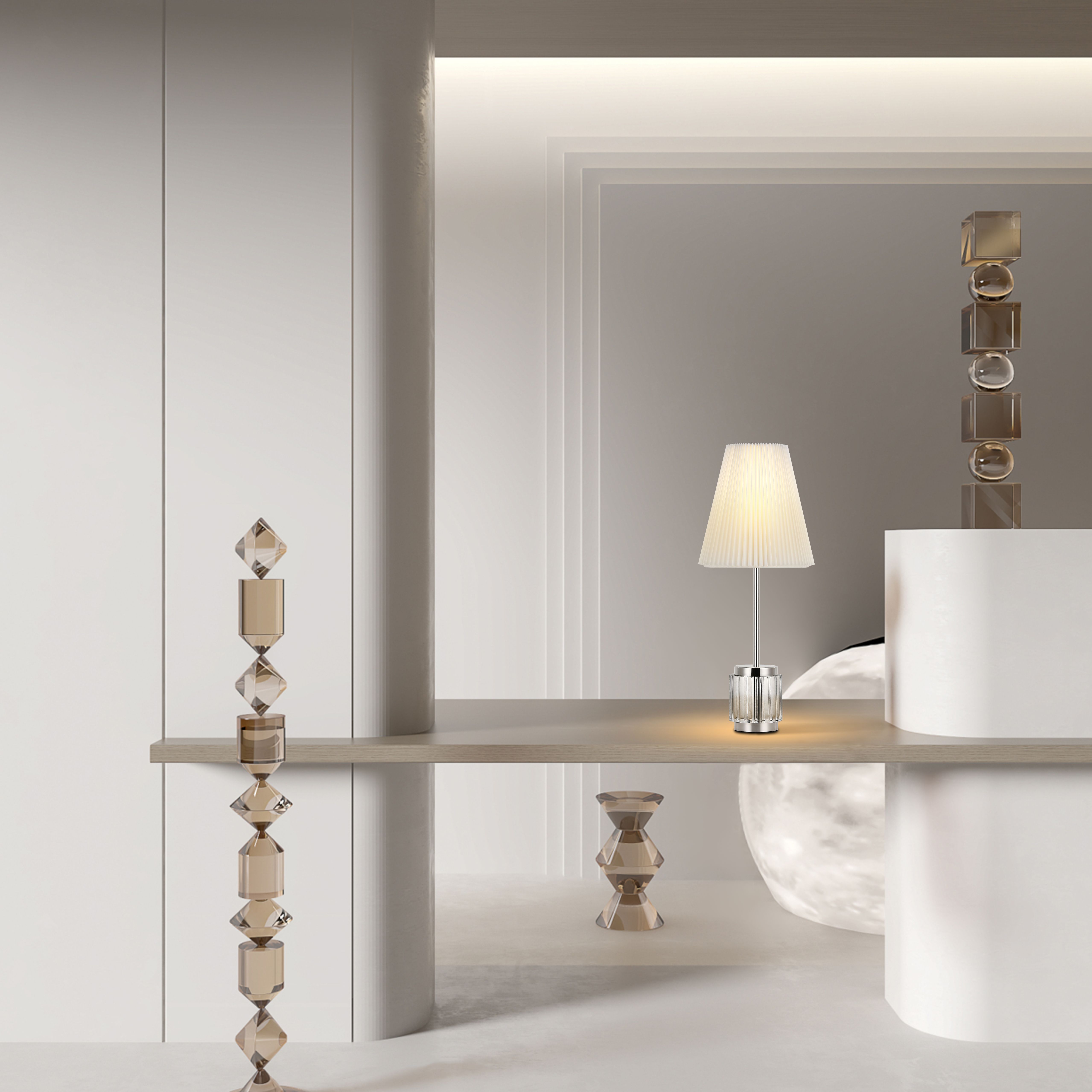The Ultimate Guide to LED Lighting: Revolutionizing Your Space
Introduction to LED Lighting LED lighting has transformed the way we illuminate our homes, offices, and public spaces. This innovative technology offers a multitude of benefits, including energy efficiency, longevity, and versatility. As more people seek ways to reduce their carbon footprint and save on energy costs, LED lighting has emerged as the go-to solution. In this article, we will explore the various aspects of LED lighting, including its advantages, types, applications, and future trends. What is LED Lighting? LED stands for Light Emitting Diode. Unlike traditional incandescent bulbs, which generate light by heating a metal filament, LEDs produce light through a process called electroluminescence. This process occurs when an electrical current passes through a semiconductor material, emitting visible light. This technology not only provides bright illumination but also ensures a longer lifespan and lower energy consumption. Advantages of LED Lighting LED lighting offers several advantages over conventional lighting solutions: Energy Efficiency: LED lights use up to 80% less energy than incandescent bulbs, making them an environmentally friendly option. Long Lifespan: An LED bulb can last up to 25,000 hours, significantly reducing the frequency of replacements. Durability: LEDs are sturdy and resistant to shocks, vibrations, and external impacts, making them suitable for various environments. Flexible Design: The compact size of LED components all...
The Ultimate Guide to Lighting: Illuminate Your Space Effectively
Understanding the Importance of Lighting in Interior DesignLighting plays a crucial role in shaping the ambiance and functionality of any space. Whether you are designing a cozy living room, a productive office, or a tranquil bedroom, the right lighting can make all the difference. In this comprehensive guide, we will explore various lighting options, techniques, and tips to help you create beautifully lit spaces that enhance your lifestyle. Types of LightingLighting can be categorized into three main types: ambient, task, and accent lighting. Understanding these types is essential for designing an effective lighting plan.TypeDescriptionIdeal UsageAmbient LightingThis is the general illumination of a room, providing a comfortable level of brightness without glare.Used throughout a space to ensure adequate lighting for movement and general activities.Task LightingThis type of lighting focuses on specific areas where tasks are performed, providing sufficient light for detailed work.Ideal for reading, cooking, or any activity requiring focused visibility.Accent LightingAccent lighting is used to highlight specific features, such as artwork or architectural details.Perfect for creating focal points and adding visual interest to a room.The Science of Lighting: Color Temperature and BrightnessWhen choosing lighting, it’s important to consider color temperature and brightness, which are measured in lumens. Color temperature, expressed in Kelvin (K), affects the mood of a space. Here...
Unlocking the Benefits of Energy-Efficient Lighting: A Comprehensive Guide
Introduction to Energy-Efficient LightingAs global concerns over climate change and energy conservation continue to rise, energy-efficient lighting has become an essential topic for homeowners, businesses, and policymakers alike. This guide explores what energy-efficient lighting is, its benefits, types of lighting options available, and tips for making the switch. Whether you are looking to reduce your electricity bills or create a more environmentally friendly space, understanding energy-efficient lighting is crucial.What is Energy-Efficient Lighting?Energy-efficient lighting refers to light sources that use less energy to produce the same amount of brightness compared to traditional lighting options. This includes technologies such as LED (Light Emitting Diode), CFL (Compact Fluorescent Lamp), and halogen lights. By utilizing modern technology, these lighting options not only help reduce energy consumption but also last longer than conventional bulbs.Why Transition to Energy-Efficient Lighting?Switching to energy-efficient lighting offers numerous benefits, which can be summarized in the following table:BenefitDescriptionCost SavingsEnergy-efficient bulbs consume significantly less electricity, leading to lower energy bills.LongevityLEDs and CFLs have a lifespan that can exceed 25,000 hours, reducing the need for frequent replacements.Environmental ImpactReduced electricity consumption translates to lower greenhouse gas emissions and less reliance on fossil fuels.Improved ...
The Benefits of Dimmable Lights: Illuminate Your Space with Flexibility
Understanding Dimmable LightsDimmable lights have become increasingly popular in residential and commercial settings, offering unparalleled flexibility in lighting design. This article will explore the numerous benefits of dimmable lights, shedding light on their practical applications and advantages for both homeowners and business owners.What Are Dimmable Lights?Dimmable lights are lighting fixtures that allow users to adjust the brightness level according to their needs. Whether you want a bright light for reading or a soft glow for a cozy atmosphere, dimmable lights provide a solution. They can be found in various types, including LED, incandescent, and fluorescent bulbs.Benefits of Dimmable LightsBenefitDescriptionEnergy EfficiencyDimmable lights consume less energy when dimmed, resulting in lower electricity bills.Extended Lifespan of BulbsLowering the brightness can prolong the life of light bulbs, reducing the frequency of replacements.Enhanced AmbianceControl over lighting levels allows you to create different moods for various occasions.Increased ComfortAdjustable lighting can reduce eye strain and create a more comfortable environment.Versatile ApplicationsDimmable lights are ideal for various settings, from living rooms to restaurants, enhancing their versatility.Energy Efficiency: A Smart Choice for Your WalletOne of the most significant advantages of dimmable lights is their energy efficiency. When you dim a light, you reduce its wattage, which directly impacts ...
How to Choose the Right Light Temperature for Your Space
When it comes to lighting, the temperature of the light you choose can greatly influence the overall ambiance and functionality of your space. Whether you're setting up a cozy atmosphere for your living room, needing focused illumination for your home office, or planning the perfect environment for your retail store, understanding how to choose the right light temperature is essential. In this article, we will explore what light temperature is, the different types available, their applications, and tips on selecting the perfect one for your needs. Understanding Light Temperature Light temperature, measured in Kelvin (K), refers to the color appearance of the light source. It is an essential factor that influences mood, aesthetics, and even productivity. Generally, light temperatures range from warm (reddish) tones to cool (bluish) tones. Types of Light Temperature Light temperatures can be broadly categorized into three main types: Warm Light (Below 3000K): This type of light has a yellowish hue, reminiscent of sunset or candlelight. It creates a cozy atmosphere, making it ideal for living rooms, bedrooms, and dining areas. Neutral Light (3000K - 4000K): Neutral light appears balanced, neither too warm nor too cool. It is often preferred for kitchens, offices, and retail stores, as it provides adequate visibility without overwhelming the senses. Cool Light (Above 4000K): This type of light emits a bluish tone, often associated with daylight. Cool light is ideal for...
